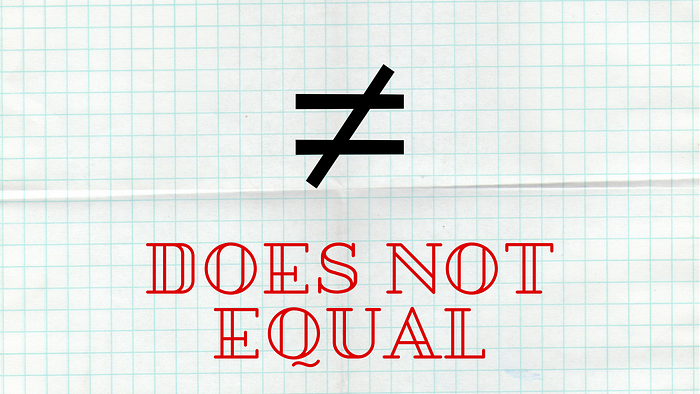Push-up Equator.

We Have Been Measuring Push-up Competitions Wrong.
I’ve been a top-heavy, chunky boy for a while during my childhood. Although I am currently working on altering that, don’t worry this post isn’t about my journey to getting absolutely shredded (fingers crossed) it’s instead about something that I discovered on the way there. (To clarify I’m not there yet. Check again in 6 months).
While exercising I’ve progressively lost weight and I noticed that once I lost a few kilos the movements and exercises got much easier and effortless. So I’d have to increase the reps or opt for much harder variations in those exercises. One particular exercise though stood out. The Push-up.
Every kid has been a part of at least one push-up competition. Whether voluntarily or otherwise. It’s a common metric that children and adolescents use to measure each other and square themselves up to the rest of the class/group/friend circle/team/gym/school, you get the picture. No space is too sacred for a push-up competition. Heck, I think I witnessed one between two boys in a temple in Trivandrum once. As they got down to Sakha namaskar (prostate themselves) to god they must have gotten bored. They happened to have looked at each other. And that was it, a rivalry was born.
What followed was multiple half-assed push-ups between two little boys who were later promptly scolded and yelled at by both their parents and the pandit. God must have gotten a chuckle out of that.
Anyway, the humble equalising push-up is a fair metric for fitness and strength. Two factors are considered in a push-up competition:
- Time limit.
- The total number of reps.
The time constraint varies. It’s either how many you can do under a minute or until your opponent gives up. Otherwise, there is no time limit and you just keep going until you can’t anymore i.e. the total number of reps.
While both factors might sound reasonable the truth is they are far from it. We’ve been measuring push-ups wrong for far too long. It ends now. I’m all for competitiveness but as a chubby kid, I was lifting much more weight than my peers were. Yet 1 push-up for me was considered equal to one of theirs. That is not only unfair but also scientifically incorrect. The effort exerted by me and my peers isn’t the same. It takes greater effort to lift a heavier weight (myself in this scenario) than it would a lighter one (my competitor). Then how is one of mine equal to one of theirs? I call foul.
So what’s the solution?
Ladies and gentlemen I pitch to you the push-up equaliser-a-nator. (Better name pending) I am yet to build the equaliser-a-nator. It’s on my list of projects for this year. Don’t worry, I’ll release it much before I get my six-pack. I’m only looking for consensus on this idea for now. Think of this post as an opinion poll.
So how do I plan on creating this push-up equality machine? Why MAGIC of course!
Nah it’s mathematics. But wouldn’t the world be more fun if magic did exist? Although isn’t science the modern equivalent of magic? Since we don’t exactly know how any and almost all of our technology even works anymore. The entire world depends on technology no one understands. But I digress one crisis at a time.
The idea is simple really, competitors enter their body weight into a website and then we can fairly equate push-ups between them. There is only one problem we need to know what percentage of push-up effort is due to bodyweight. I.e. how much weight are you lifting when executing a single push-up?
A 2011 study thinks that we support around 69% of our body weight in the push-up upward position and 75% in the push-up downward position in a traditional push-up. I’m slightly sceptical of these numbers they seem higher than I anticipated they would be. Turn’s out I’m not the only one with that sentiment. However, until the next study, this is what we’ll have to run with.
Twenty-eight (28) male subjects (age 33.62 ±8.59 years, BM 84.66 ±11.65 kg, height 178.98 6 5.76 cm) participated in this study. These individuals were highly strength trained and were members of special forces and SWAT units training at the National Strength and Conditioning Association World Headquarters, and were experienced in the push-up techniques used in this study. Subjects were healthy, with no history of upper-extremity or spine pathology. This experiment was approved by the institutional review board of the University of Colorado at Colorado Springs for the protection of human subjects, and all subjects were informed of the procedures and potential risks involved before they gave their written consent to participate.
Though the sample size is tiny it’s what is available.
In the traditional push-up, subjects supported 69.16% (62.83%) of their BM in the up position, and 75.04% (± 2.62%) in the down position. In the modified push-up, subjects supported 53.56% (± 4.27%) of their BM in the up position and 61.80% (± 3.48%) in the down position.
Once contenders enter their weight into the website/app/gimmick then the difference in their push-up upward and downward weights are compared and a ratio of push-ups can be arrived at. For example. Person X *(1) = (1.7)* Person Y
Once that has been established we can just multiply the ratios of each by the number of pushups done by them individually. Therefore, achieving true fair push-up comparison.
Can this be created? Yes. Is my math wrong? Probably. As mentioned earlier think of this as an opinion poll for the creation of the push-up equator.
I need your help in naming it, however. Below are a few options I have been considering you may pick any of them or you could give it a whole other name. Let me know which one you decide on in the comments below. Heck comment your own thought up name and we’ll roll with the one that sounds the coolest and is apt.
- Equaliser-a-nator.
- The Equaliser
- Equify
- Equidor (I think that’s a place though). Oh right, Ecuador is the place. Equidor is a possible name.
- Equi-distant.
That’s all I can think of. My naming creativity is highly limited. Give me a hand in the comments below.
